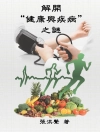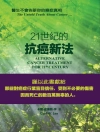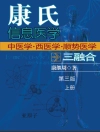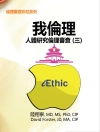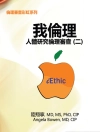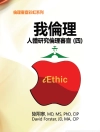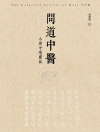Named a 2013 Doody’s Core Title!
‘[C]onsistently offers easily accessible and timely information on how complementary therapies influence the health, comfort, and well-being of patients in a variety of clinical settings. It is an influential resource for nurses in practice, education, and research.’
— Janice Post-White, Ph D, RN, FAAN
Now in its sixth edition, this highly acclaimed book continues to provide nurses with cutting-edge research and practice guidelines for complementary and alternative therapy. Enriched with new chapters, contributors, live web resources with the authors’ own updated information, and a new emphasis on evidence-based practice, this highly anticipated edition demonstrates how nurses can serve as an active, healing presence for their patients.
Also new to this edition is the authors’ emphasis on cultural awareness. To this end, the authors incorporate new, engaging cultural applications in every chapter.
Cutting-edge therapies discussed include:
- Energy and biofield: healing touch, light therapy, and reflexology
- Mind-body: yoga, meditation, and storytelling
- Manual: massage, exercise, and Tai Chi
- Biological-based: aromatherapy and herbal therapies
As the consumer demand for complementary therapies continues to increase, it is critical that nurses have thorough knowledge of complementary therapies in order to stay informed about research and practice guidelines, alert patients to possible contraindications with Western biomedicine, and even incorporate some of these therapies in their own self-care.
Inhoudsopgave
Contributors
Preface
Part I:Foundations for Practice
Overview
Chapter 1: Complementary/Alternative Therapies
Chapter 2: Self as Healer
Chapter 3: Presence
Chapter 4: Active Listening
Part II: Mind-Body Therapies
Overview
Chapter 5: Imagery
Chapter 6: Music Intervention
Chapter 7: Humor
Chapter 8: Yoga
Chapter 9: Biofeedback
Chapter 10: Meditation
Chapter 11: Prayer
Chapter 12: Storytelling
Chapter 13: Journaling
Chapter 14: Animal-Assisted Therapy
Section III: Energy and Biofield Therapies
Overview
Chapter 15: Light Therapy
Chapter 16: Magnets
Chapter 17: Healing Touch
Chapter 18: Reiki
Chapter 19: Acupressure
Chapter 20: Reflexology
Chapter 21: Healing Environments
Part IV: Manual Therapies
Overview
Chapter 22: Massage
Chapter 23: Exercise
Chapter 24: Tai Chi
Chapter 25: Relaxation Techniques
Part V: Biological-Based Therapies
Overview
Chapter 26: Aromatherapy
Chapter 27: Herbal Therapies
Chapter 28: Dietary Products and Functional Foods
Part VI: Future Perspectives
Overview
Chapter 29: Integrating Complementary Therapies into Practice
Chapter 30: Integrating Complementary Therapies into Education
Chapter 31: Research Perspectives
Over de auteur
Ruth Lindquist, Ph D, RN is Professor Emeritus of Nursing and Graduate Faculty member of the Earl E. Bakken Center for Spirituality and Healing at the University of Minnesota. She is a member of the University of Minnesota Academy of Distinguished Teachers and the Academic Health Center Academy of Excellence in the Scholarship of Teaching and Learning. In her practice and research, Dr. Lindquist uses evidence-based complementary therapies and behavioral strategies to reduce cardiovascular disease risk and promote health-related quality of life. She cofounded an innovative women’s only cardiac support group to enhance self-care and transform lifestyles to reduce heart disease risks. As a Densford Scholar in the Katherine J. Densford International Center for Nursing Leadership, she worked with her team to conduct a landmark national survey of critical care nurses’ attitudes toward and use of complementary therapies. Complementary therapies have been the core of her care, research, and scholarship for 40 years including co-editing this text, now in its 9th edition.


